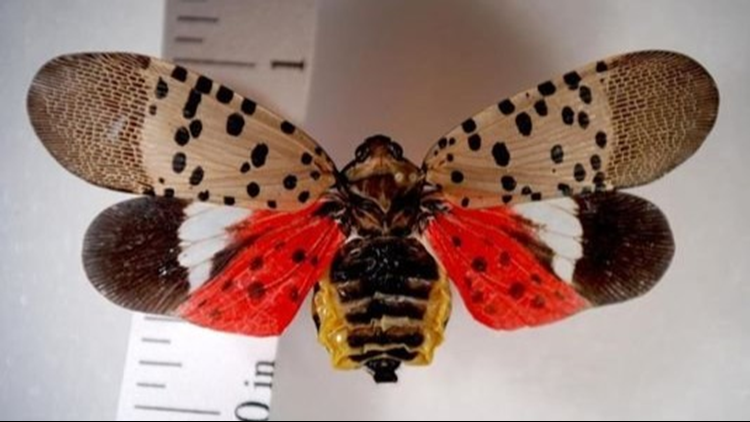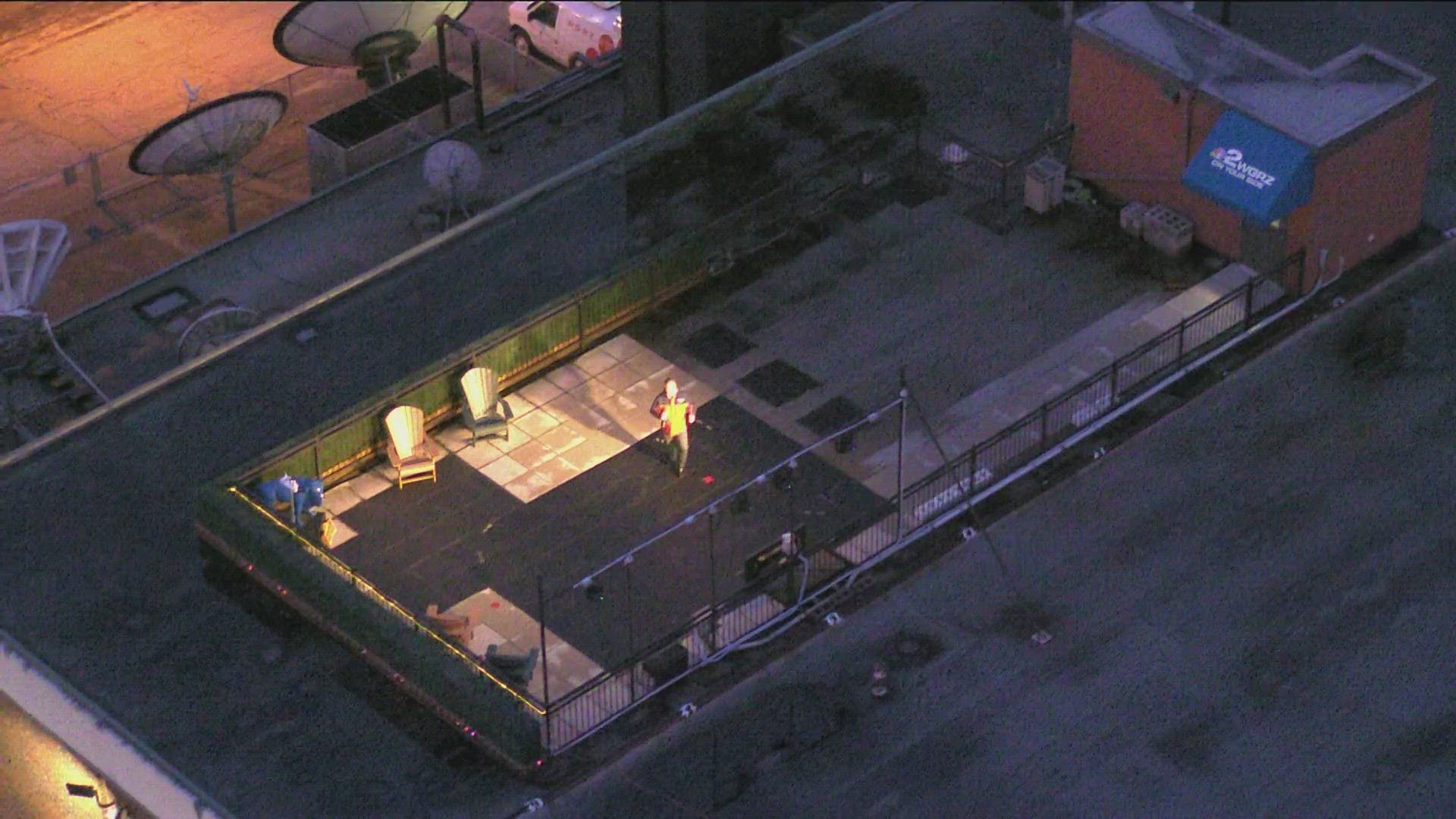The discovery of a single spotted lanternfly, an invasive insect whose diet includes grapes, hops and tree fruit, has touched off a major intervention in the heart of the Finger Lakes.
The recent discovery of the adult insect near Keuka Lake in Penn Yan, Yates County, plus the near-simultaneous discovery of a second adult in the Albany area, mark the first time the feared pest has been detected in New York state.
"That is not a good thing at all,” said Bruce Murray, president of Boundary Breaks winery in Lodi, Seneca County, roughly 10 miles from the spot where the invasive pest was found.
The colorful inch-long insects, native to Asia, have been in Pennsylvania for at least four years. Their arrival in New York was both expected and feared.
That's because spotted lanternflies feast on some of upstate New York's most prized flora, including grapes, hops, apples, peaches and cherries, plus oak, maple, pine, willow and walnut trees.
Some have described them as having the potential to be the most damaging invasive insects in decades.
"This pest has the potential to severely impact our state's agricultural and tourism industries," state Environmental Conservation Commissioner Basil Seggos said. “We are encouraging the public to send us information to bolster our efforts — they are our eyes on the ground.”
That the insects were first found near Keuka Lake, which is surrounded by some of the Finger Lakes' most productive vineyards, just makes it worse.
"We just don’t know how big of a deal this is going to be," said Hans Walter-Peterson, viticulture extension specialist for the Finger Lakes Grape Program at Cornell University. "We’re definitely concerned.
"It has the potential to be something that can cause us some problems," he said.
State environmental officials, who announced the discoveries Tuesday afternoon, have already begun surveillance efforts around the two locations. So far they have found no more specimens of the insects, part of the leafhopper family.
New York state has not yet announced quarantines around the two areas where the lanternflies have been found. The insects lay their eggs on wood, cars and trucks, outdoor furniture and many other movable objects, and quarantines have been used in Pennsylvania to slow their spread.
The insects, which have no natural predators in this country, weaken and kill plants by sucking their sap. They also excrete material that further damages plants and attracts other insects. They can be attacked with broad use of pesticides.
Spotted lanternflies were first seen in the United States in 2014 in southeastern Pennsylvania. Officials suspect they arrived in Philadelphia in an air or sea shipment of freight from Asia.
They have been damaging trees and crops there ever since, and they have been spreading. They were discovered in Delaware in November, detected in Virginia early this year, and found in New Jersey about six weeks ago.
New York officials asked the public to be on the lookout for adult lanternflies, which begin to lay eggs in October and are active until December.
In addition to the adult insects themselves, the Department of Environmental Conservation said to look for:
- Sap oozing or weeping from open wounds on tree trunks, which appear wet and give off fermented odors.
- One-inch-long egg masses that are brownish-gray, waxy and mud-like when new. Old egg masses are brown and scaly.
- Massive buildup of a sugary urine called "honeydew" underneath plants, sometimes with black sooty mold developing.
People who observe signs of spotted lanternflies are asked to send an email with the particulars of their sighting, plus a photo, to spottedlanternfly@dec.ny.gov.
"Knowing that this pest was likely to arrive, we have been working with our state partner agencies to develop integrated strategies to get the word out and manage spotted lanternflies in grapes, hops, apples and other susceptible crops," said Jennifer Grant, director of Cornell University's New York State IPM Program. "It’s imperative that the public help slow the invasion and spread by reporting possible sightings and acting responsibly when traveling in quarantine areas."
Walter-Peterson said he is cautiously optimistic that the pests should not impact this year’s harvest. If they have been in the area and laid eggs, they may become an issue next year.
If it turns out that the bugs are established in New York, they will be leaning on Penn State, which has done research on them.



